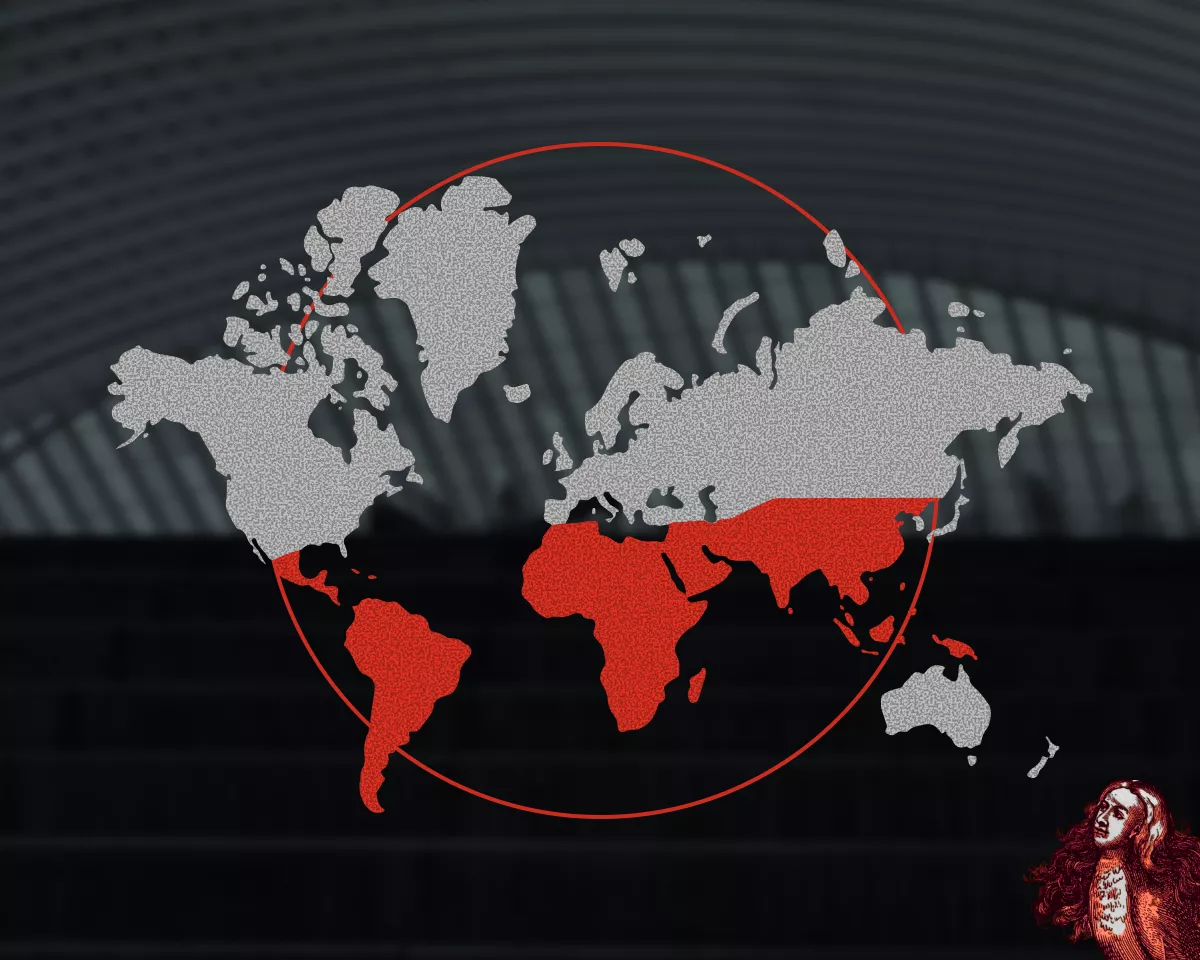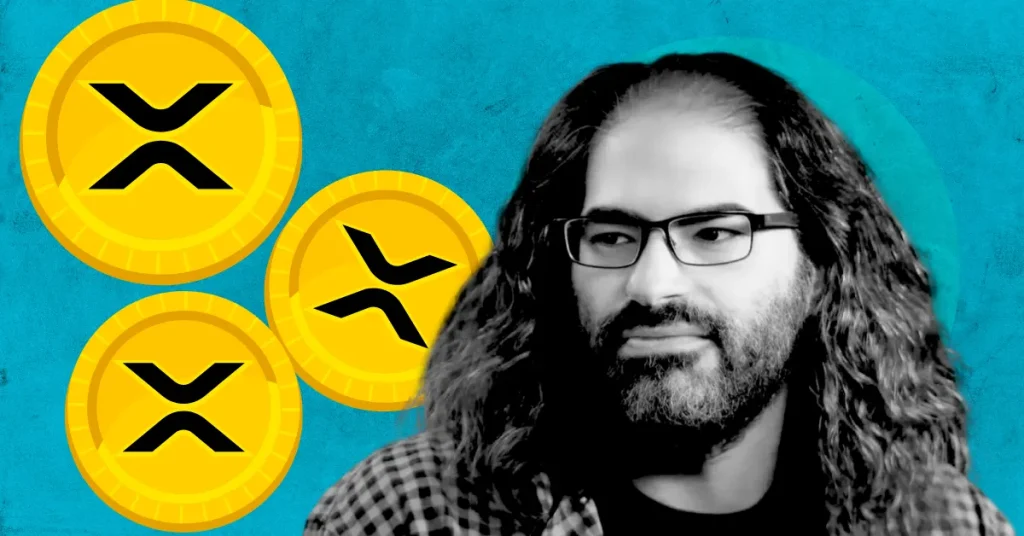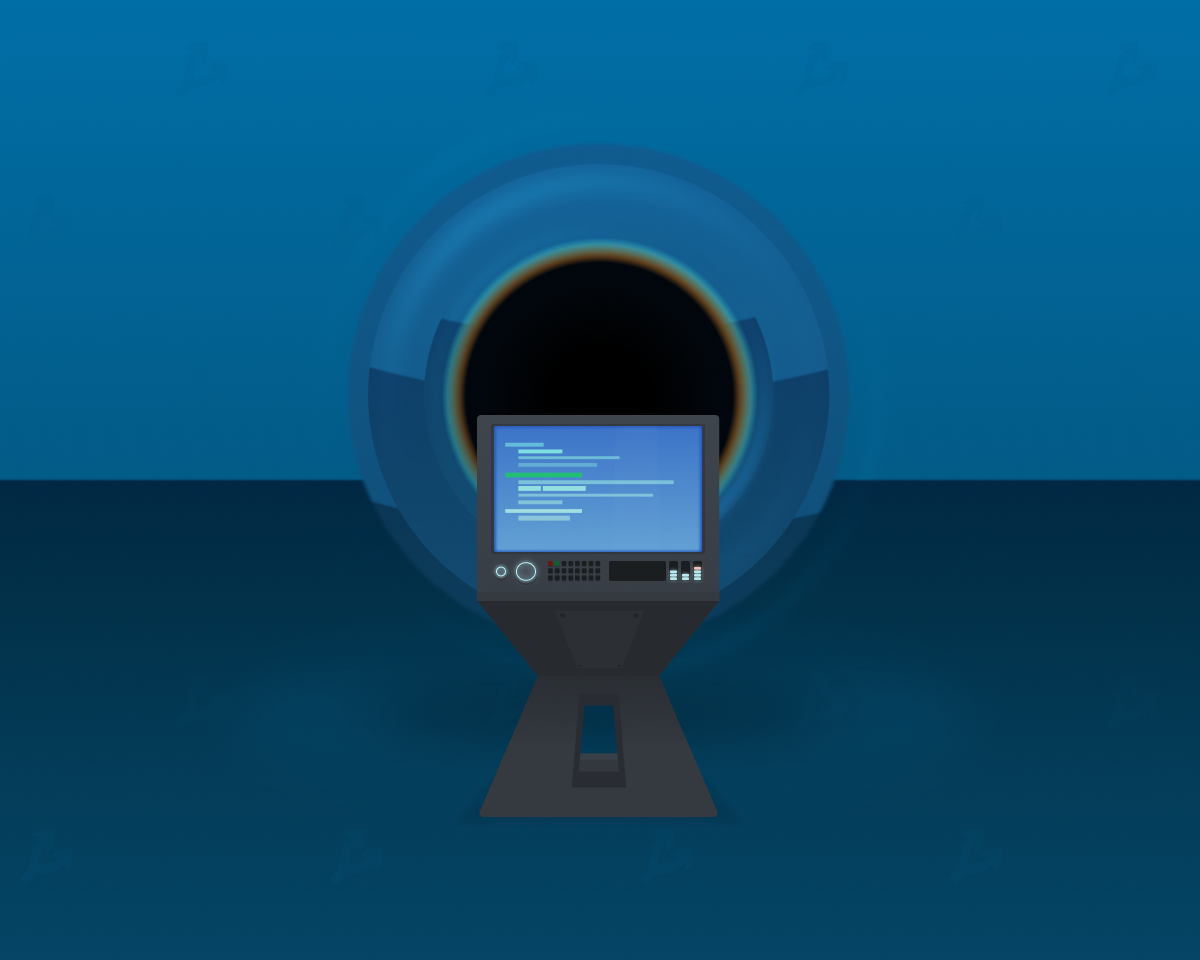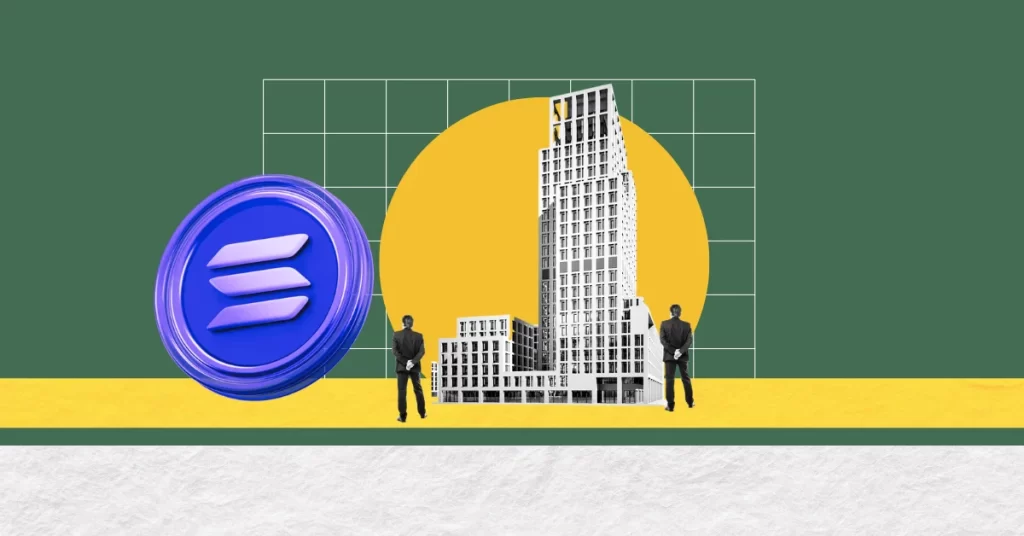
Kima Network has integrated its decentralized settlement infrastructure into Mastercard’s Sandbox-as-a-Service platform to allow stablecoin-powered top-ups of prepaid cards directly from self-custody wallets across multiple blockchains.
According to the official announcement, the move is part of Mastercard’s broader initiative to bridge the gap between digital assets and traditional finance.
The Sandbox-as-a-Service program enables fintechs and issuers to experiment with innovative financial products in a controlled environment.
What does the integration mean?
With Kima now onboard, users can top up Mastercard prepaid cards using stablecoins like USDC and USDT, instantly converting digital assets into real-world purchasing power.
Kima’s settlement protocol plays a critical role in this setup. Its infrastructure supports value transfers across more than 10 blockchains, public or private ledgers, and traditional banking rails, without relying on custodians, smart contracts, or intermediaries.
Further, Kima’s software development kit will allow card issuers to integrate stablecoin top-ups directly within their apps, thereby streamlining the process for end-users.
As part of the integration, Mastercard partners can simulate prepaid card top-ups from crypto wallets using Kima’s protocol within the sandbox.
These transactions settle in real-time, enabling immediate card funding and global usability at over 200,000 ATMs and millions of point-of-sale terminals in more than 200 countries.
Kima CEO Eitan Katz said the partnership represents a major milestone in turning stablecoins into everyday payment tools.
“Crypto and fiat cannot move forward as partners without removing the complicated intermediaries between them,” Katz said, adding that Kima eliminates traditional friction in crypto-to-fiat conversions by removing “outdated models of custodians and smart contracts” to create a secure, compliant, and scalable system.
Kima’s solution, Katz explained in a separate comment to the media, preserves user control by keeping keys in self-custody while enabling full compliance through protocol-level checks.
User onboarding is handled by third-party banks or licensed service providers, who conduct KYC and AML procedures.
Once verified, each transaction includes immutable metadata tags, which are automatically checked against local regulatory frameworks, ranging from the EU’s MiCA to Singapore’s crypto guidelines.
Kima has already demonstrated the real-world viability of its settlement infrastructure.
Earlier this year, Kima also partnered with Pai, a prepaid card issuer, to pilot real-time stablecoin top-ups without relying on centralised exchanges.
Kima involved in digital euro development
Beyond Mastercard, Kima is also contributing to institutional innovation efforts through its role in the European Central Bank’s digital euro project.
It was recently named among 70 private-sector partners selected by the ECB to explore use cases for the digital euro.
As a participant in the ECB’s “Pioneers” workstream, Kima will test how the simulated digital euro interfaces can be integrated into its settlement infrastructure.
The company is expected to conduct independent experiments using ECB-provided APIs and specifications, with a focus on interoperability across public blockchains, private ledgers, and traditional banking systems.
The post Mastercard taps Kima network for stablecoin-enabled prepaid top-ups appeared first on Invezz















 English (US) ·
English (US) ·